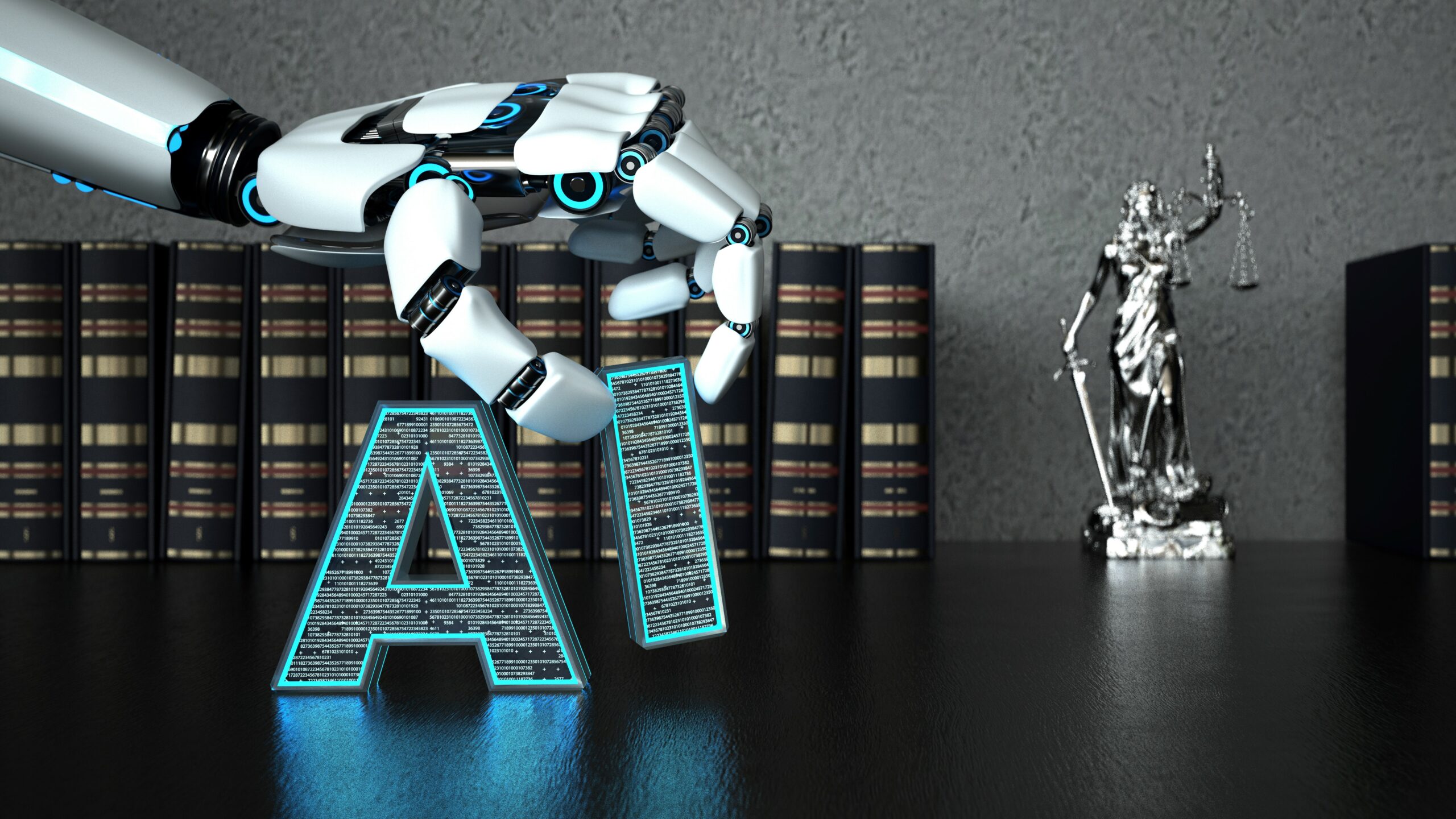 |
| Dive into the realms of AI creativity. Join us behind the scenes of mesmerizing art born from algorithms. 🎨🤖 #AIartCreation #CreativeAlgorithm |
The origins of AI art can be traced back to the development of neural networks and machine learning algorithms. Early experiments paved the way for the emergence of creative AI, where algorithms learn patterns from vast datasets of artworks, enabling them to create original pieces that mimic different artistic styles.
Data and Training
The heart of AI art lies in data. Artists and programmers feed large amounts of artwork into AI systems, teaching them to understand elements such as color palettes, brush strokes and composition. Neural networks then process this data through a process called training, refining their ability to produce visually appealing art.
Role of Algorithms
Algorithms such as Generative Adversarial Networks (GANs) and Variationally Autoencoders (VAEs) play a key role in AI art creation. For instance, a GAN consists of a generator and a discriminator, engaging in a creative tug-of-war that results in the production of high-quality art.
Style Transfer and Fusion
AI artists can combine different artistic styles using techniques like style transfer. The process involves extracting the style of one artwork and applying it to the material of another, resulting in captivating hybrid pieces that display a fusion of creativity and technique.
Ethical and Copyright Considerations
The rise of AI art has led to debates about ownership and copyright. AI-Generated Artwork - Who Owns the Rights to the Programmer, AI or Dataset? As AI-generated fragments gain recognition and value, addressing these ethical questions becomes increasingly important.
Pushing Boundaries
AI art creation is a playground for pushing artistic boundaries. Artists and programmers are constantly looking for new ways to challenge traditional norms, experiment with AI capabilities, and stretch the limits of creativity. This dynamic process results in groundbreaking and thought-provoking pieces of art.
Challenges in AI Art
Despite its potential, AI art creation faces challenges. Ensuring diversity in the training dataset, avoiding bias, and striking a balance between AI-driven creativity and human objectivity are some of the hurdles artists and developers must overcome.
The Future of AI Art
The evolution of AI art holds great promise. As AI algorithms become more sophisticated, we can expect even greater levels of realism, creativity, and emotional depth in AI-generated artwork. The ongoing dialogue between human creativity and artificial intelligence will shape the future of art as we know it.
Conclusion
The field of AI art creation is a fascinating fusion of technology and imagination, offering a glimpse of the limitless possibilities that emerge when human ingenuity collaborates with artificial intelligence. By exploring the behind-the-scenes intricacies of AI art creation, we gain a deeper appreciation for this evolving and transformative art form.








.png)




0 comments:
Post a Comment